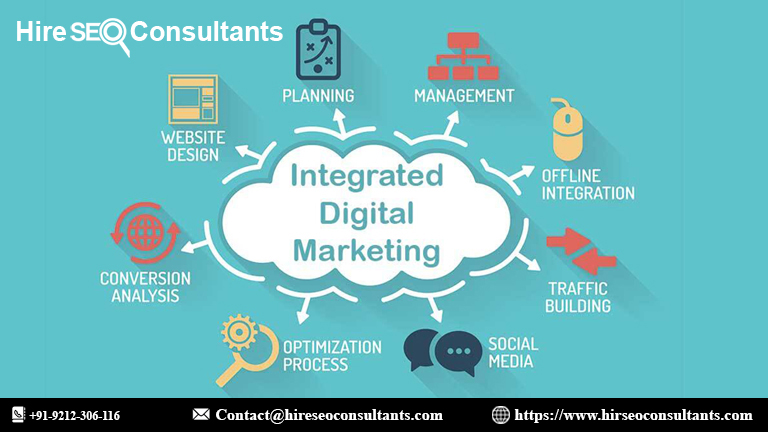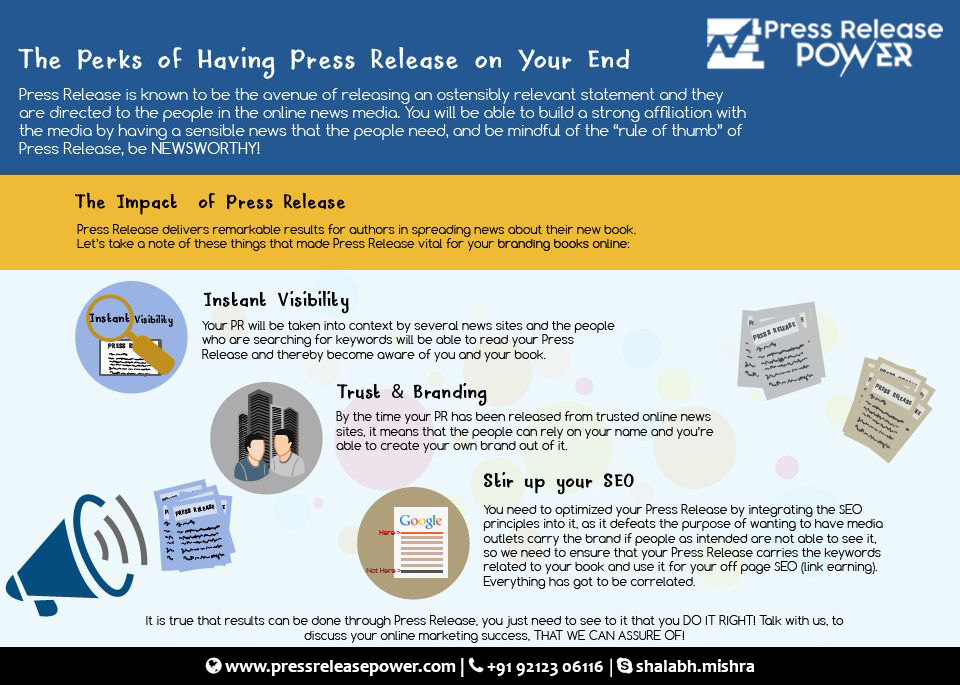Transform Your Living with Local Architects for Energy-Efficient Home Design
Home Design

Rising energy costs and growing environmental concerns have made energy-efficient homes more than just a trend—they're a necessity. But achieving a home that’s both stylish and sustainable isn’t as simple as picking eco-friendly materials. It starts with the right design, and that’s where local architects step in.
When you work with a local architect, you’re not just hiring a designer—you’re partnering with someone who understands the unique climate, regulations and character of your area. They can craft a home that’s not only energy-efficient but also perfectly suited to its surroundings. If you’re looking to reduce your carbon footprint while creating a space that feels truly yours, choosing a local expert is the smartest move you can make.
Importance Of Energy-Efficient Home Design
Energy-efficient home design blends functionality, sustainability, and cost-effectiveness. Its essence lies in creating spaces that use less energy for heating, cooling, and daily operations. This reduces carbon emissions, lowers utility bills, and promotes a healthier living environment.
Homes designed to conserve energy often include tailored features like advanced insulation, double-glazed windows, and passive solar layouts. Thoughtful orientation can maximise natural light and heat during colder months while shielding interiors from excessive summer warmth. Are you considering how these elements might transform your living space into one that feels comfortable year-round?
Energy-efficient designs also give you long-term financial benefits. With rising utility costs, even small reductions in energy consumption can make a noticeable difference. Incorporating systems like rainwater harvesting or energy-efficient lighting might require upfront investment but often pays off through reduced monthly expenses. Have you explored local incentives or grants for energy-saving improvements?
The environmental impact of efficient design extends beyond individual homes. By reducing resource usage, you contribute to conserving water, power, and other critical supplies. You might wonder how your efforts could influence your community or inspire others to pursue similar solutions. Every eco-conscious choice supports a larger shift toward sustainability.
Energy efficiency aligns with modern architectural trends without sacrificing aesthetics. You can choose designs that combine sleek, contemporary styles with environmentally friendly features. Homes can exude elegance while incorporating renewable materials and energy-efficient technologies. Wouldn’t it be satisfying to have a beautiful home that respects nature’s resources?
By emphasising the importance of energy efficiency in design, you prioritise both present needs and future challenges. Decisions made now determine how much energy your home might consume years down the line. These choices shape your lifestyle, influence your environmental footprint, and reflect your commitment to sustainable living.
Role Of Local Architects In Sustainable Building
Local architects bring expertise to creating energy-efficient homes tailored to specific environments. Their understanding of regional factors and unique design approaches enhances sustainability at every stage.
Understanding Local Climate And Environment
You benefit from local architects' knowledge of your area's climate. They consider temperature, rainfall, and seasonal changes when designing, ensuring buildings perform efficiently in varying conditions. For example, they might utilise passive cooling techniques in warmer areas by placing openings strategically to promote airflow. Solar orientation also becomes a focus, so you achieve optimal use of natural light and heat. With their deep understanding of microclimates, architects develop strategies that seamlessly integrate environmental conditions into the design.
Utilising Region-Specific Materials
Local architects also maximise the use of materials sourced from your region. These materials often reduce costs and environmental impacts compared to imported options. For instance, using local stone or timber can minimise transportation emissions while blending naturally with surrounding landscapes. You might notice that these materials are well-adapted to weather conditions, improving durability and energy performance. Beyond efficiency, their careful incorporation adds authenticity to a home's character. This creates harmony between nature, design, and function.
Designing For Energy Optimisation
Energy optimisation comes naturally in the hands of local experts. Architects prioritise layouts that minimise energy use by leveraging shading, insulation, and ventilation. For example, placing living spaces where sunlight is abundant reduces heating needs. Double-layered walls and advanced windows can further enhance efficiency, supporting stable temperatures throughout the year. Every design element works in concert, allowing utility systems like heating or cooling to operate less intensively. This approach lowers both costs and your home's overall energy demand.
Key Features Of Energy-Efficient Home Design
Every detail matters when designing an energy-efficient home. The features go beyond aesthetics and align function with sustainability, creating a harmonious living space.
Insulation And Ventilation
Effective insulation retains heat during colder months and keeps interiors cool during summer. Materials like spray foam or recycled cellulose can enhance efficiency further. Properly sealing walls, roofs and floors also minimises air leaks that cause energy loss.
Ventilation complements insulation by maintaining indoor air quality. Systems like heat recovery ventilators (HRVs) balance airflow while preserving thermal energy. This ensures your home feels fresh without compromising on energy usage.
Renewable Energy Integration
Renewable energy sources drastically reduce reliance on conventional power grids. Solar panels are a common choice, generating electricity while reducing energy bills. Wind turbines might suit properties in open, breezy areas.
Homes equipped with renewable systems also benefit from technologies like battery storage. These systems store excess energy, providing power during cloudy weather or at night. Strategic energy integration supports both economic and environmental goals.
Maximising Natural Light And Heat
Designing for natural light reduces the need for artificial lighting during the day. Large windows with strategic placement capture sunlight effectively. For added efficiency, consider double-glazed glass to reduce heat transfer.
Passive solar designs orient your home to make the most of the sun’s angles. South-facing windows (in the Northern Hemisphere) absorb heat in winter, while shading devices block excess heat in summer. Thoughtful planning optimises light and warmth throughout the year.
Benefits Of Hiring Local Architects
Collaborating with local architects opens the door to energy-efficient designs tailored to your surroundings, and starts with a simple online search—’architects near me’. Their expertise in the area's context ensures a home that blends sustainability with functionality.
Knowledge Of Local Building Codes
Local architects possess detailed insight into building codes specific to your region. These regulations, which govern zoning, structural requirements, and energy efficiency standards, are their foundation. Their familiarity means your project proceeds smoothly without delays or rejections. For example, areas prone to high winds may require robust structural reinforcements, which local architects can integrate seamlessly. This knowledge keeps your design compliant while maintaining energy goals.
Personalised Design Solutions
Tailored home designs emerge from local architects understanding your region's climate and contexts. They adapt their plans to environment-specific challenges like heatwaves, heavy rains, or cold winters. This personalised approach optimises energy use by leveraging natural elements such as sunlight and airflow. For instance, they might include large windows for winter solar warmth or strategically placed trees for shading in warmer months. The result is a home uniquely suited to its setting, combining comfort and sustainability.
Supporting Community And Local Economy
Working with local architects fosters community growth while ensuring an eco-conscious home. Their connections with regional contractors, suppliers, and craftspeople promote locally sourced materials and talent. Using indigenous materials, like timber or brick, enhances your home's character while reducing transportation costs and emissions. Your investment also contributes to supporting the local economy and creating opportunities for sustainable practices to thrive in your area.
How To Choose The Right Local Architect
Selecting a local architect for an energy-efficient home design blends creativity with expertise. Each decision shapes the functionality, sustainability, and character of your future space.
Checking Portfolio And Past Projects
Focus on portfolios showing energy-efficient designs. Does their work reflect adaptability to local climates or incorporation of passive strategies like natural ventilation or shading? Examples such as advanced insulation or optimised layouts in a variety of regional settings point to essential skills. Compare multiple completed projects to understand whether their designs consistently achieve both aesthetic appeal and sustainability benchmarks.
Verifying Certifications And Expertise
Look for professional certifications relevant to sustainability and efficiency standards. Architects accredited by organisations like RIBA or holding LEED credentials often demonstrate specialised knowledge. Energy-focused qualifications suggest their ability to integrate renewable energy solutions or climate-responsive methods. Confirm they understand local building regulations to avoid delays or compliance issues.
Seeking Client Testimonials And References
Seek out testimonials that highlight energy savings or reduced bills in previous projects. Do clients express satisfaction with practical features such as solar panel systems or efficient heating solutions? Ask references detailed questions to assess how well the architect communicated and whether their designs delivered on energy efficiency promises. Reliable feedback strengthens confidence in your choice.
Final Thoughts
Partnering with a local architect for your energy-efficient home design is a smart investment in both sustainability and comfort. Their expertise in regional climates and materials ensures your home is not only eco-friendly but also uniquely suited to its surroundings.
By choosing a professional who blends creativity with technical know-how, you can achieve a beautifully designed space that prioritises energy optimisation and long-term savings. Your decisions today can pave the way for a greener future while supporting your local community.
What's Your Reaction?
















